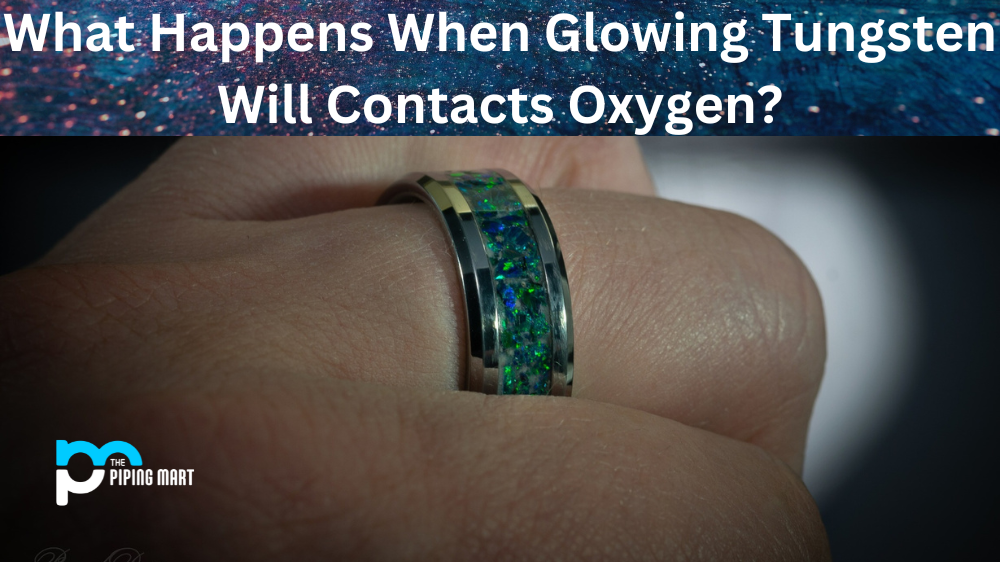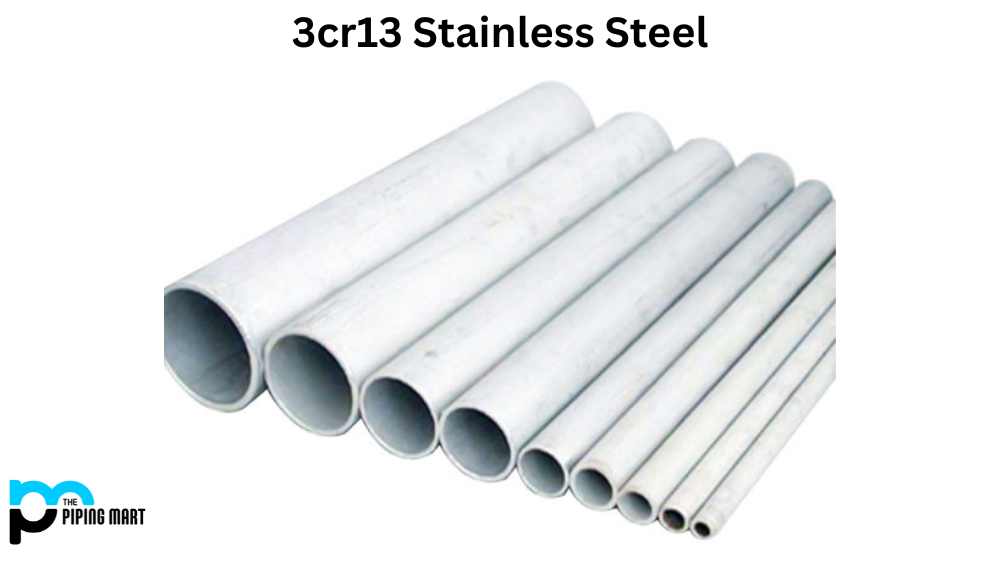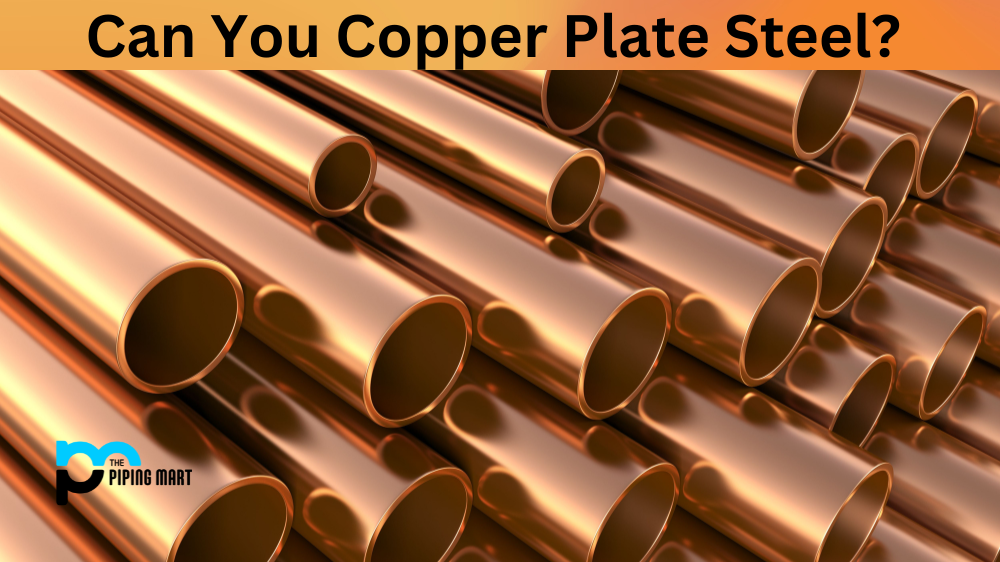Tungsten is a metallic element known for its ability to retain heat. When heated to extreme temperatures, tungsten can emit a glowing, yellow-orange light. But what happens when this glowing tungsten comes in contact with oxygen? Let’s take a look at why and how the reaction occurs.
Why Oxygen Reacts with Glowing Tungsten
When heated to extremely high temperatures above the melting point of iron (2,750 degrees Celsius), tungsten begins to emit electrons in the form of light. This is due to its thermal excitation process, where energy from the heat causes electrons to move from their current orbit and create an emission spectrum. As this happens, a thin layer of tungsten oxide forms on the surface of the material due to oxidation as oxygen combines with the tungsten atoms.
How Oxygen Reacts with Glowing Tungsten
When exposed to oxygen, tungsten atoms lose electrons and join with oxygen molecules to form tungstic oxide (WO3) molecules. The combination of these two elements produces emissions in various colours depending on their temperature level. For example, when exposed to temperatures between 1,500 and 2,500 degrees Celsius, the reaction produces orange or yellow light; however, when heated up even higher—between 2,500 and 3,000 degrees Celsius—the reaction will produce blue or white light instead.
The result is an intense glow that radiates far more heat than previously emitted before coming into contact with oxygen. In addition to providing more heat in certain situations, like welding or soldering metals together at extreme temperatures, this reaction can also be used for creating special effects in lamps and other lighting fixtures without overloading them with too much electricity.
Conclusion:
When exposed to oxygen, glowing tungsten creates an intense reaction that produces coloured lights ranging from orange and yellow all the way up through white and blue, depending on temperature levels. This has many practical uses, such as welding or soldering metals together at extreme temperatures, as well as creating special effects for lamps and other lighting fixtures without overloading them with electricity. Understanding how this chemical reaction works can help you better harness its potential for various applications!

Pipingmart is a B2B portal that specializes in metal, industrial and piping items. Additionally, we share the latest information and information about materials, products and various types of grades to assist businesses that are involved in this business.




